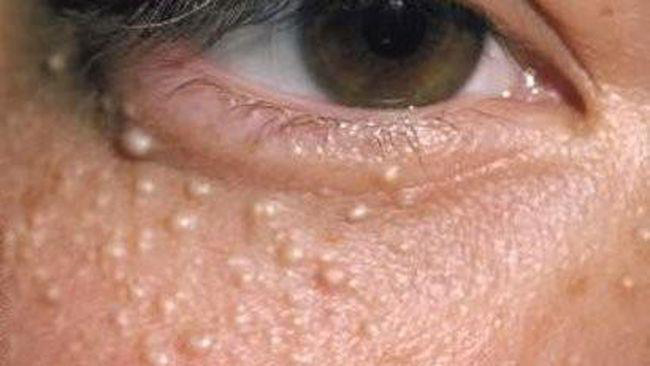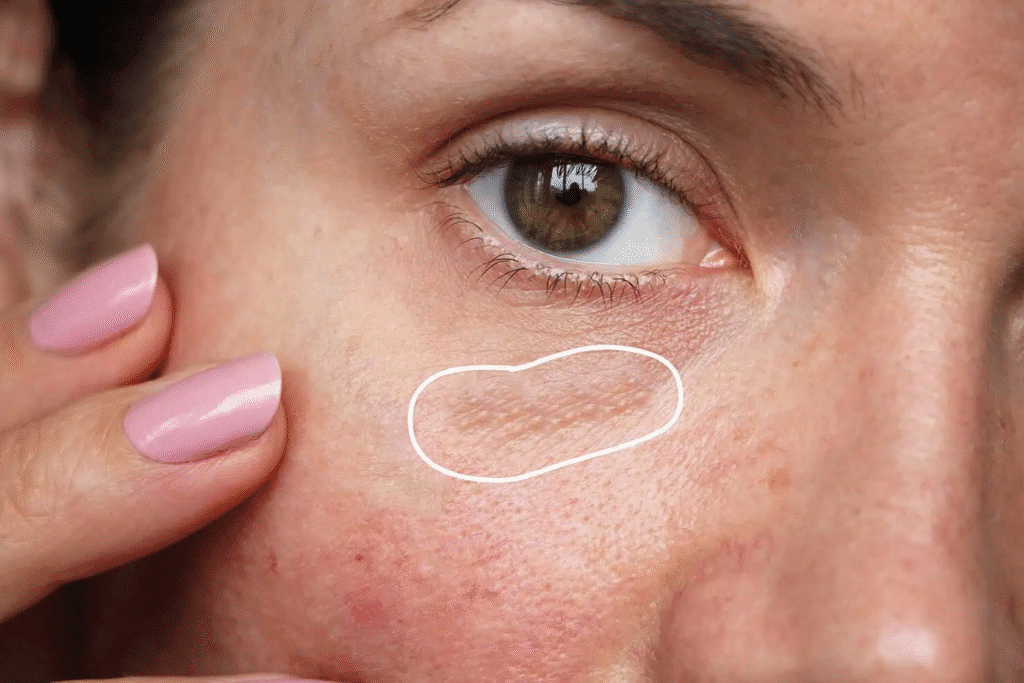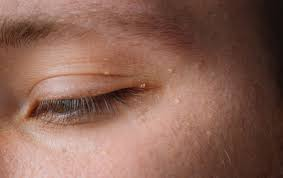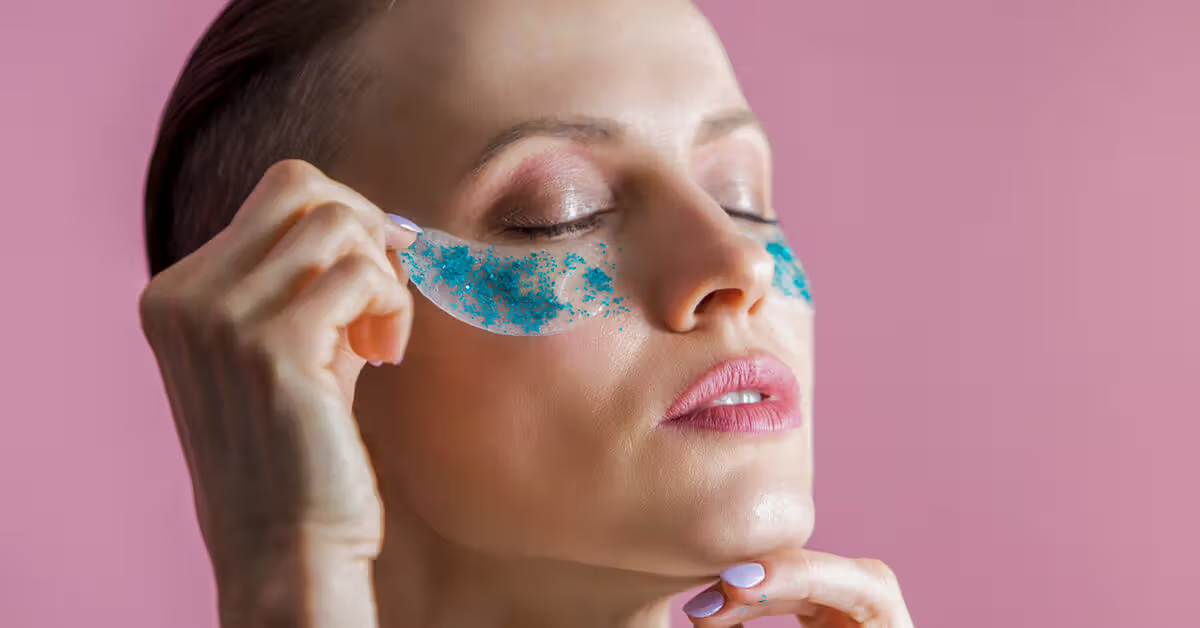You wake up, look in the mirror, and notice those tiny white bumps under your eyes again. They’re not pimples. They’re not going away. And no matter how much you wash your face, they’re still there. Sound familiar? You’re probably dealing with milia.
While they’re completely harmless, they can be frustrating—especially if you’ve tried everything and still don’t know what’s causing them. The good news? You don’t need an expensive skincare routine or fancy treatments to deal with them. In many cases, simple changes and a little patience can make all the difference.
Let’s walk through what milia are and how you can treat (and prevent) them at home.
So, What Exactly Are Milia?
Milia are tiny, hard, white bumps that often pop up around the eyes, cheeks, or nose. They’re basically little pockets of keratin (a natural protein in your skin) that get stuck beneath the surface. Unlike pimples, they aren’t filled with oil or pus, and they’re not caused by poor hygiene or clogged pores.
They’re super common in newborns, but adults can get them too—especially if your skin isn’t shedding properly or you’re using heavy creams around your eyes.
Can You Treat Milia at Home? Absolutely.

While milia usually go away on their own, there are a few things you can do to help speed up the process:
1. Gentle Exfoliation
Start with a soft washcloth or a mild exfoliating cleanser. Don’t scrub hard—just gently remove dead skin so keratin doesn’t get trapped. It’s especially important to be gentle around your eyes.
2. Steam It Out
Skip the fancy facial steamer. Just sit in your bathroom with the hot shower running for a few minutes. The steam helps open up your pores, which might help loosen the trapped keratin.
3. Natural Soothers Like Rose Water or Manuka Honey
Rose water is calming, and manuka honey has natural antibacterial properties. You can use either one as a light mask. Just rinse well and don’t leave them on too long.
4. Leave Them Alone
Tempting as it is, don’t poke or pick. It won’t help—and you might end up with irritation, scarring, or even an infection.
What About Products You Can Buy?

Some over-the-counter products can help with milia, but it’s important to choose ones that are safe for the delicate skin under your eyes. Look for:
- Alpha hydroxy acids (AHAs) like glycolic or lactic acid
- Salicylic acid to gently exfoliate
- Retinoids like retinol or adapalene to boost cell turnover
Start slow—especially with retinoids. Use a tiny amount and monitor how your skin reacts.
Still Not Going Away? A Dermatologist Can Help

If the bumps are really bothering you or just won’t go away, a dermatologist can safely remove them. Here are a few options they might offer:
- Deroofing: Using a sterile needle to gently remove the bump
- Cryotherapy: Freezing them off with liquid nitrogen
- Laser treatment: Targeted light to break up the keratin buildup
Each treatment has pros and cons, especially near your eyes, so always ask your doctor what’s safest for your skin type.
How Long Does It Take to Heal?
In babies, milia usually disappear in a few weeks. In adults, it can take a couple of months depending on your skin and whether you’re treating it.
Makeup or No Makeup?
If you want to cover them, go for it—but keep it light. Choose non-comedogenic, hypoallergenic products that won’t clog your pores. A sheer concealer or mineral powder can work without suffocating your skin.
Just be sure to remove all makeup thoroughly before bed. Your skin heals best when it can breathe.
How to Prevent Milia from Coming Back

If you’re prone to milia, small changes in your skincare routine can make a big difference:
- Cleanse and exfoliate regularly, but gently
- Use lightweight, oil-free moisturizers
- Avoid heavy eye creams unless they’re labeled non-comedogenic
- Try an under-eye serum with vitamin E or retinol (only if it’s safe for that area)
- Consider oral supplements like vitamin E, B3 (niacin), or B-complex if your diet’s lacking
Always consult a doctor before starting supplements, especially if you’re on medication.
Final Thoughts
Milia are more annoying than dangerous, and thankfully, they’re usually easy to treat. With a bit of consistency and care, you can reduce or even prevent them without stressing out. And if you’re still not sure, your dermatologist can guide you through the best next step.
Alos Read : How to Do a Minimalist Skincare Routine: Fewer Products, Better Skin



